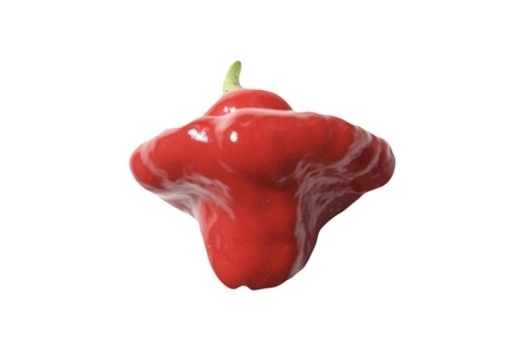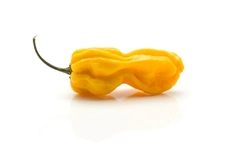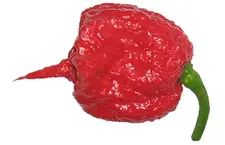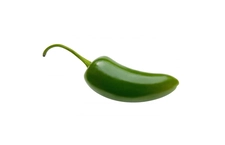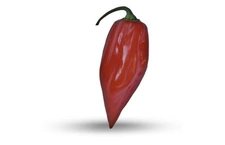Scotch Bonnet Red seeds
Product description
Throughout the Caribbean, people like spicy food. Besides the fact that such dishes are very tasty, adding chili peppers also has a more practical purpose. Because in the tropical, warm, balmy climate meat was prone to spoilage, the onset of spoilage must be masked by chili peppers. Remember that in the past people did not have the luxury of refrigerators and in tropical conditions meat could not be good within a day.The Caribbean Sea is formed by some countries in northeastern South America and all the Antilles. The most commonly used chili pepper is the Habanero Orange, but there are many local variations. In Suriname, for example, the well-known Madame Jeanette forms the basis of many dishes. In the Bahamas and Jamaica, it is the Scotch Bonnet (also called Bahamian, Bahama Mama, Jamaican Hot or Martinique Pepper) that plays the main role.
All Habaneros, including the Madame Jeanette and the Scotch Bonnet, have a spiciness of approximately 250,000 to 350,000 SHUs. Yet there are clear differences in taste: the Madame Jeanette is known for its citrus flavour, while the Schotch Bonnet tastes a bit sweeter with a hint of apple and cherry.
The peppers are about the same size as the Habanero, about 2.5 cm in diameter and 4 cm long. The name Scotch Bonnet was chosen because the chili pepper is shaped like a Scottish military beret.
The Scotch Bonnet is indispensable in the Jerk cuisine of Jamaica and the Cayman Islands. In the Jerk kitchen, meat is rubbed with a very pungent spice mixture called Jamaican Jerk Spice.
Today, the scotch bonnet is popular worldwide.
Scotch Bonnet Red
€ 3,70
-
In stock
-
All orders shipped within 1 business day
-
Delivery across EU countries
Seeds in pack: 10
Heat level: Hot
Scoville units: 150.000 - 325.000
Species: Capsicum chinense
Product description
Throughout the Caribbean, people like spicy food. Besides the fact that such dishes are very tasty, adding chili peppers also has a more practical purpose. Because in the tropical, warm, balmy climate meat was prone to spoilage, the onset of spoilage must be masked by chili peppers. Remember that in the past people did not have the luxury of refrigerators and in tropical conditions meat could not be good within a day.The Caribbean Sea is formed by some countries in northeastern South America and all the Antilles. The most commonly used chili pepper is the Habanero Orange, but there are many local variations. In Suriname, for example, the well-known Madame Jeanette forms the basis of many dishes. In the Bahamas and Jamaica, it is the Scotch Bonnet (also called Bahamian, Bahama Mama, Jamaican Hot or Martinique Pepper) that plays the main role.
All Habaneros, including the Madame Jeanette and the Scotch Bonnet, have a spiciness of approximately 250,000 to 350,000 SHUs. Yet there are clear differences in taste: the Madame Jeanette is known for its citrus flavour, while the Schotch Bonnet tastes a bit sweeter with a hint of apple and cherry.
The peppers are about the same size as the Habanero, about 2.5 cm in diameter and 4 cm long. The name Scotch Bonnet was chosen because the chili pepper is shaped like a Scottish military beret.
The Scotch Bonnet is indispensable in the Jerk cuisine of Jamaica and the Cayman Islands. In the Jerk kitchen, meat is rubbed with a very pungent spice mixture called Jamaican Jerk Spice.
Today, the scotch bonnet is popular worldwide.
